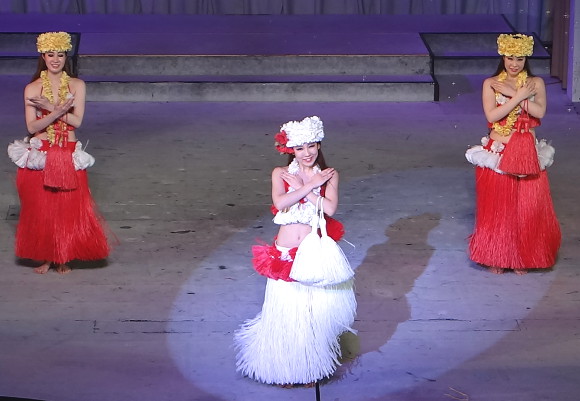
It’s amazing to see how far the region has come just six years after the 2011 tsunami, earthquake and nuclear disaster.
Fukushima Prefecture made international headlines back in 2011 after the region was severely affected by the Great East Japan tsunami, earthquake and nuclear disaster. While the catastrophic events are still etched in the minds of locals, residents of the prefecture’s coastal city of Iwaki are refusing to let the disasters define them, and are determined to move forward towards a brighter horizon.
The Tokyo Convention & Visitor’s Bureau and Fukushima Prefecture invited us to visit Iwaki to see how far the area has come since 2011, and we were happy to discover that despite everything the people here have been through, the locals were friendly, welcoming, and passionate about letting the world know that they’re back in business and ready to welcome tourists with open arms.
IWAKI WONDER FARM
We start our tour of the city at an “integrated agricultural theme park” which receives funding from the city and prefectural governments, and surprisingly, Japan Rail East. Called “Wonder Farm“, the facility specialises in the cultivation of tomatoes, which are widely distributed at hotel restaurants operated by Japan Rail.
Recently opened in February 2016, the park has a number of facilities, including stores and BBQ areas, designed to appeal to locals and help revitalise the area. At the spacious “Forest Kitchen”, visitors can enjoy a 90-minute all-you-can-eat buffet (60-minutes on the weekends), priced from 500 yen (US$4.44) for children up to 1,500 yen for adults for lunch and 800 yen to 2,300 yen for dinner.
While the buffet offers a wide variety of fresh dishes, including everything from soba noodles to pizza and curry, the specialty is the humble tomato, which can be found in the form of fresh juice, jams, rock salt, and dressings.
The freshness of the tomatoes is a stand-out, due to the fact that they’re picked straight from the huge greenhouse located in the premises. 600 tonnes of tomatoes are produced here annually, with the plants kept in temperatures of 25 degrees Celsius (77 degrees Fahrenheit) during the day and 15 degrees Celsius during the night, creating ideal conditions for year-round harvesting.
▼ Grown in pots containing coconut fibres, the tomatoes are fed a constant supply of nutrients.
A large number of varieties are grown here, including the dark-coloured “Toscana Violet”, an all-green “Midori-chan”, a sweet-tasting “Orange Carol”, and a special variety that pays homage to the region’s well-known “Hula Girls”.
The farm is also looking to cater to young people in the area by arranging “gokon” singles mixer events at the restaurant on special nights. Following the dinner, couples will be able to venture out to the greenhouse to enjoy some tomato-picking and flirting between the vines.
On weekends, visitors can also enjoy tomato-picking, which comes complete with a bag of fresh tomatoes at the end of the tour for 800 yen. And before going home, one of the most popular treats that everyone goes for is the tomato-flavoured soft cream, which has a mild, sweet and fruity taste.
SPA RESORT HAWAIIANS
Not far from the Wonder Farm is Iwaki’s most popular tourist destination: Spa Resort Hawaiians.
This sprawling themed resort complex has a long history which can be traced back to 1966, when it originally opened as the Joban Hawaiian Centre, capitalising on Japan’s fascination with Hawaii as a popular tourist destination.
▼ Today, the Hawaiian theme remains so strong throughout the resort that it’s like taking a trip to Hawaii without leaving Japan!
With three different hotels on the grounds, the expansive resort even provides overnight guests with traditional Hawaiian clothing to help visitors really feel like they’re on a Pacific Island holiday. Ladies receive a loose Hawaiian dress called a muumuu, while men get around in shorts and aloha shirts.
What really brings the crowds to the resort however, is the enormous indoor water park that’s kept at a balmy average temperature of 28 degrees Celsius and fed with thermal waters from Iwaki Yumoto Hot Spring. The huge space is divided up into different zones, which include wading pools, flowing “streams” and shallow areas where families can relax together.
▼ There are also three giant waterslides for adults and children to enjoy.
Up on the roof, there are outdoor pools, small jacuzzis, and pebbled walking courses which are also fed with warm water direct from the thermal hot spring.
Although it’s styled as a Hawaiian resort, the facility also boasts a breathtakingly beautiful Japanese outdoor onsen, which is constantly replenished with thermal waters from the Yumoto Hot Spring. Although it’s separated by gender, the combined tub area for men and women measures roughly 1,000 square metres, making it so large that it was once awarded the Guinness World Record for being the world’s largest open-air bath.
The area at the entrance to the onsen is styled like a traditional Japanese shopping street, filled with stalls selling Edo-period items and accessories like paper balloons and candy in nostalgic packaging.
Guests with an appetite head to the all-you-can-eat buffet restaurant, where dishes like lobster, curry and roast beef are lined up on silver platters, along with an entire cabinet filled with tempting bite-sized desserts. And because this is Hawaii, there are tropical cocktails like Mai Tais and Blue Lagoons available too!
▼ After dinner, guests head to the stage in the water park area for the event that the resort is most well-known for: the nightly stage show.
Featuring live music and fire knife dancers, the main attraction here is the chance to see a performance by the world-famous Hula Girls. The resort owes its very existence to this troupe of dancing girls, whose heartwarming story inspired an award-winning 1996 Japanese movie called Hula Girls.
In the mid-1960s, the city of Iwaki faced an uncertain future when the local mine shut down as Japan turned its energy interests away from coal and towards oil. To solve the problem of rising unemployment, the heads of the mining company decided to create a themed resort that utilised the abundant therapeutic waters of the local hot spring. Facing intense opposition from locals who believed the plan would never work, a group of mining daughters formed a hula-dancing troupe to promote the new Hawaiian resort and save the town.
▼ Visitors are reminded of the resort’s touching history as they watch the Hula Girls perform.
Following the 2011 disaster, Spa Resort Hawaiians was damaged by a powerful aftershock, which forced them to close for almost a year. During the resort’s closure, the hula girls travelled around Japan and performed at earthquake refugee shelters in affected areas to show their support for the Tohoku region.
AQUAMARINE FUKUSHIMA
For those wanting to see just how well Iwaki has rebuilt its city over the past six years, the area around Onahama Port is definitely worth a visit. In 2011, the area was a scene of carnage as cars and boats were swept inland, and two of the main attractions at the port, Aquamarine Fukushima and Iwaki La La Mew, were extensively damaged. Today, these sites have been renovated and restored, thanks to funds received from people in Japan and overseas.
While the newly laid roads and signs in the port area act as a reminder of the terrible disaster, they also serve to show how far the region has come since the catastrophic events of 2011. The city is now pushing forward with even more building in the region, with a new bus station and a large shopping mall currently under construction to help revitalise the area.
Aquamarine Fukushima, a large aquarium built in 2000, suffered extensive damage after the 2011 magnitude 9.0 earthquake, when the ground in the surrounding landfill area collapsed nearly one metre, and the water mains and other pipework burst in the facility. The basement was also submerged by a five-metre tsunami, which destroyed the electrical system.
Now, the facility has been fully restored, and the aquarium takes part in regular research to monitor the radiation levels of local fish and seawater in the area, publishing the results to help safeguard local residents.
At the top of the building, a specially designed viewing platform gives visitors an aerial view of the port and its surrounding areas.
▼ On the day of the disaster, the tsunami extended all the way to the tall building just left-of-centre in the picture below.
The facility now utilises renewable energy from the sun, with a large number of solar panels installed on the grounds.
IWAKI LA LA MEW
Just a ten-minute walk from the aquarium is Iwaki La La Mew, a “Sea and Fish Theme Park” originally opened in 1997.
Located roughly 50 kilometres from the Fukushima Nuclear Plant, the fresh fish sold in markets and restaurants here has been sourced from areas outside of the prefecture. This is because locally caught fish only recently tested below the detectable level for radiation in November for the first time since the 2011 disaster.
Today the facility is a great place to stop for lunch and souvenir shopping. There’s also an indoor play area, which was initially set up in 2011 when parents were in need of a safe place for their children to play, away from soil that was possibly contaminated.
The terrible events of March 11 are still remembered by those who work at the facility, with a special exhibition set up on the premises. The installation runs with the tagline, “That which we want to forget. That which we can’t forget. That which we must not forget”.
Some of the most chilling reminders of the earthquake and tsunami can be seen in a series of photographs on display, which show the building as it was on that fateful day.
▼ Workers took refuge on the second floor of the building when the tsunami hit.
▼ This display gives visitors an idea of the magnitude of the 8.57-metre tsunami that caused so much damage in the city of Iwaki.
▼ There’s also a sombre reminder of the cramped conditions local evacuees faced in the aftermath of March 11.
In times of hardship, though, the Japanese community bonded together, with children from around the country sending letters of support and encouragement to those affected by the disaster.
▼ Fukushima is now looking forward, with a focus on renewable forms of energy like solar and wind power, in order to revitalise the region.
From a tomato farm that holds speed dating events for young locals, to the site of a touching true story that inspired an award-winning film, there’s definitely a lot to see in Iwaki City. The region has come a long way since the terrible events of 2011, and now, as they approach the sixth anniversary of the disaster, locals are looking to move forward towards a brighter future, and they’re hoping that tourists from around the world will pay them a visit to join them on their journey too.
Photos © RocketNews24

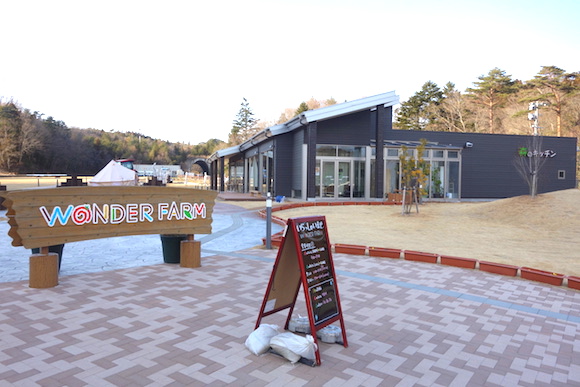
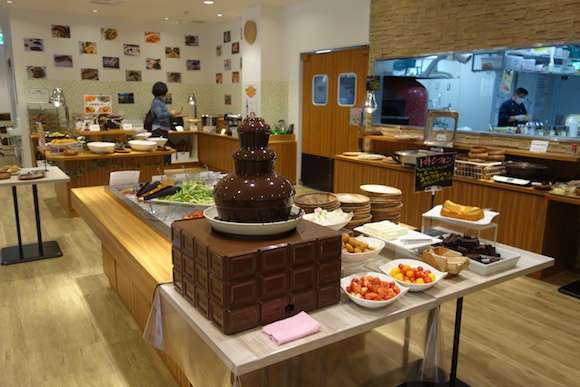
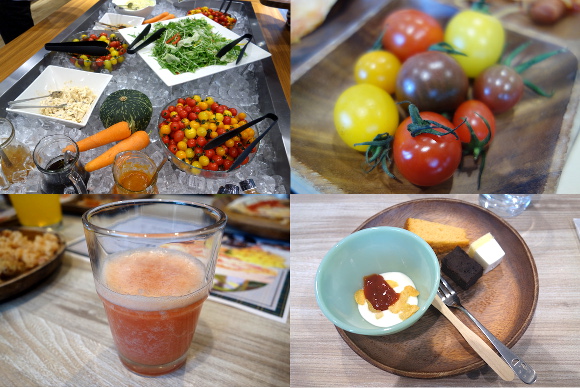
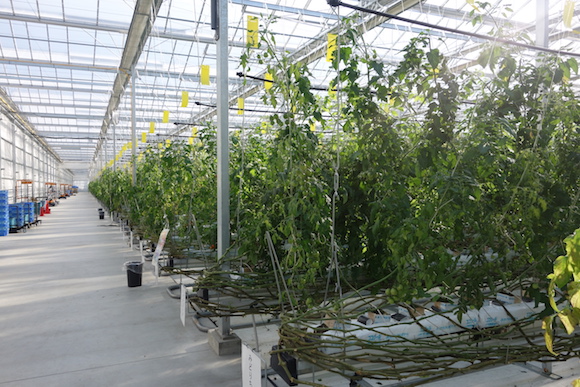
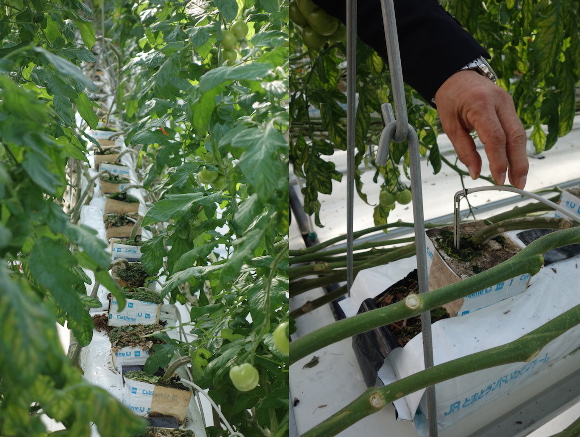
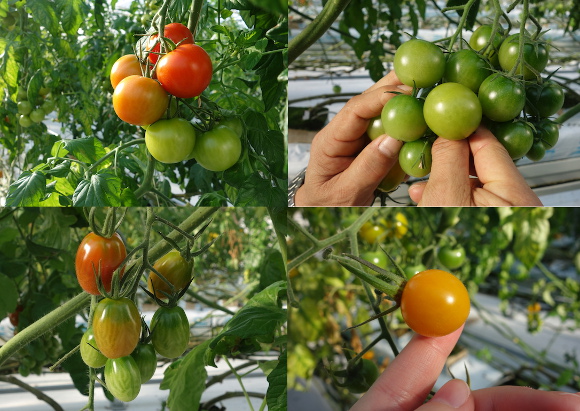
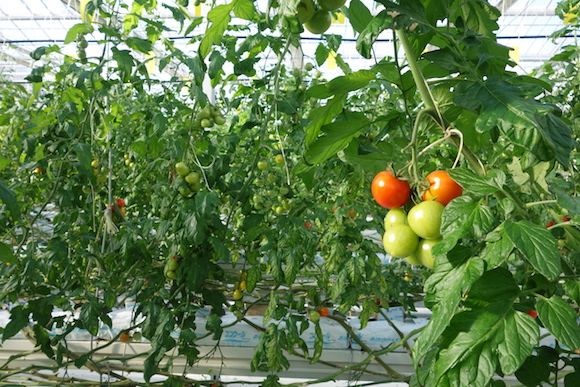
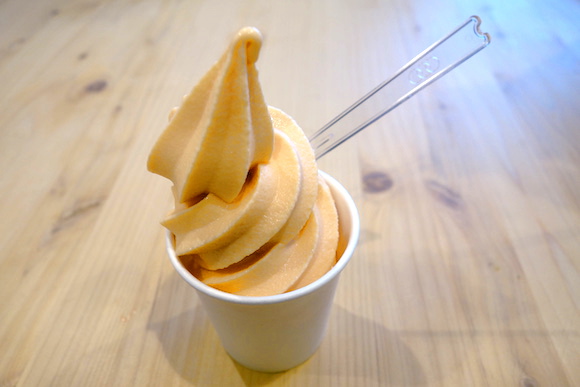
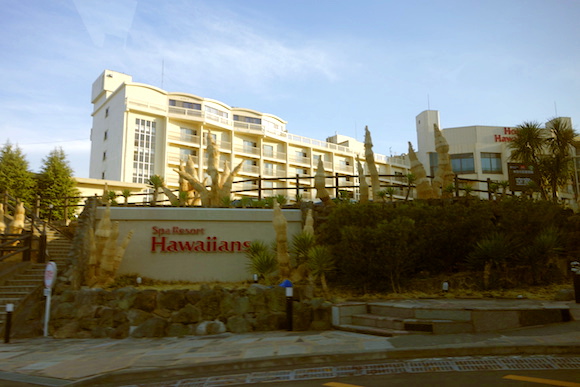
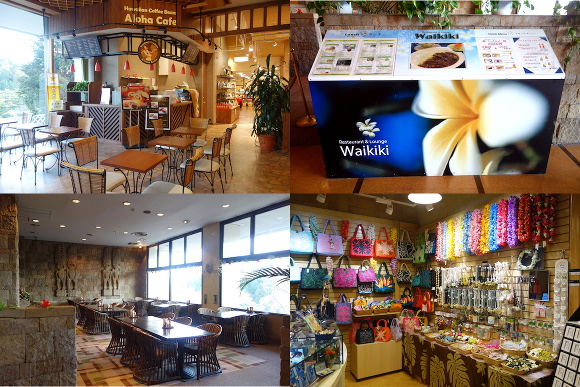
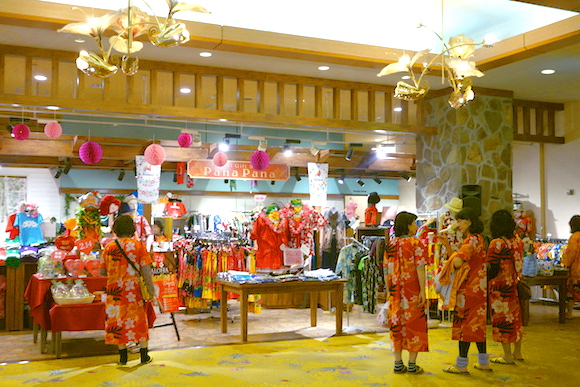
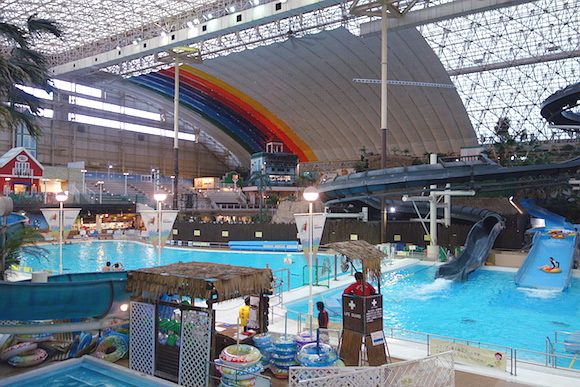
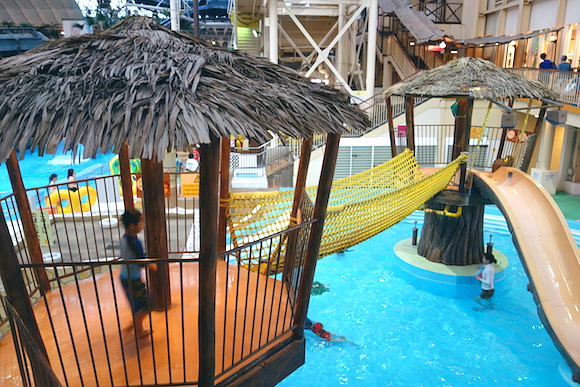
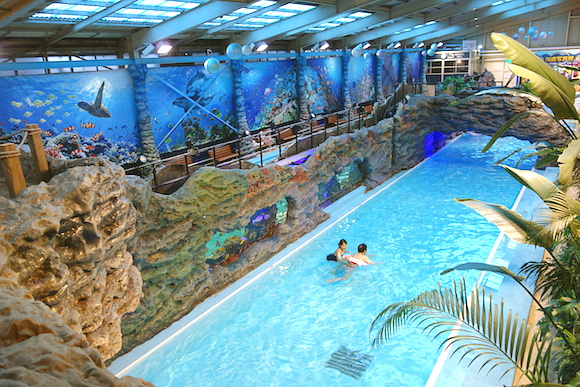
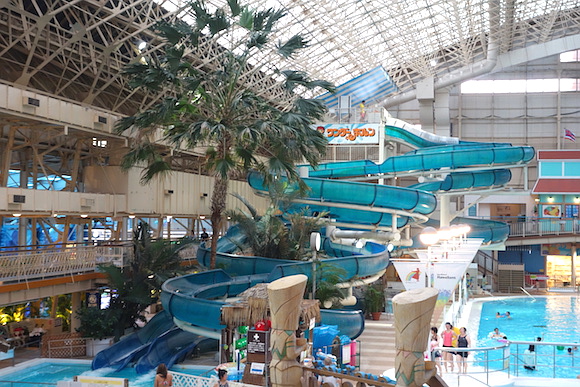
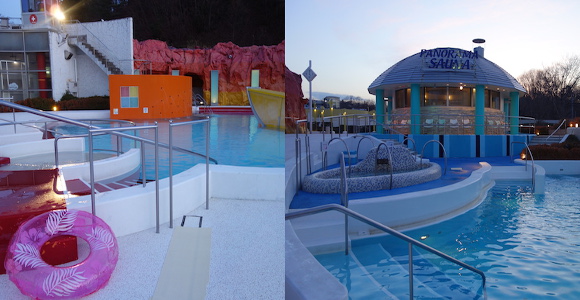
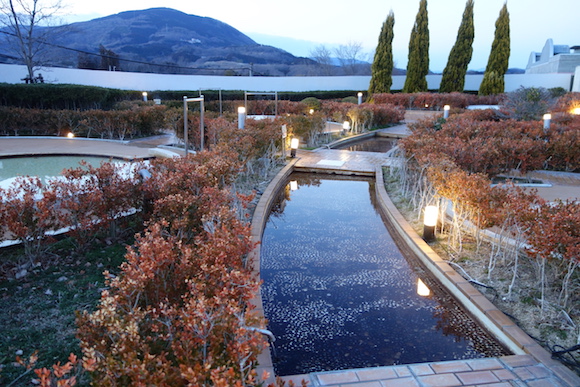
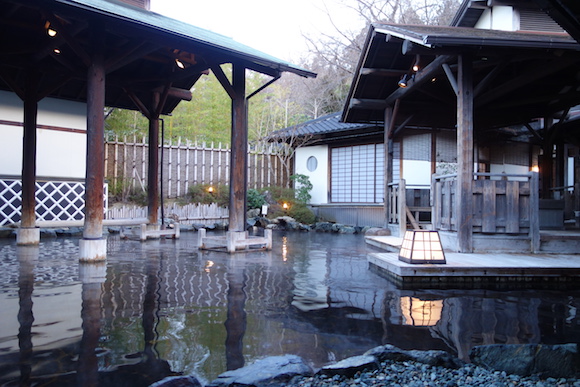
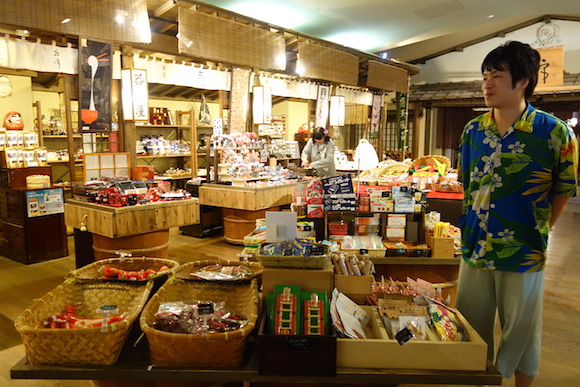
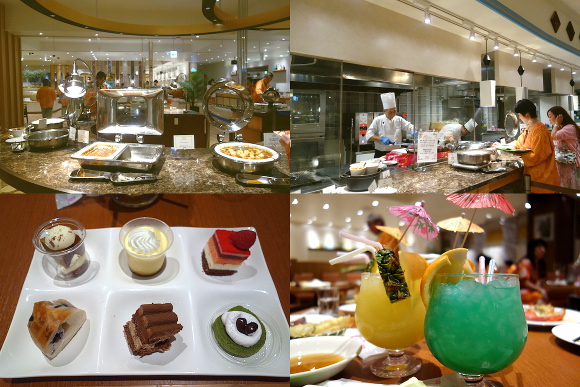
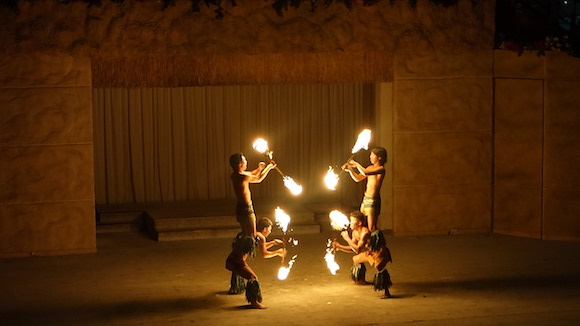
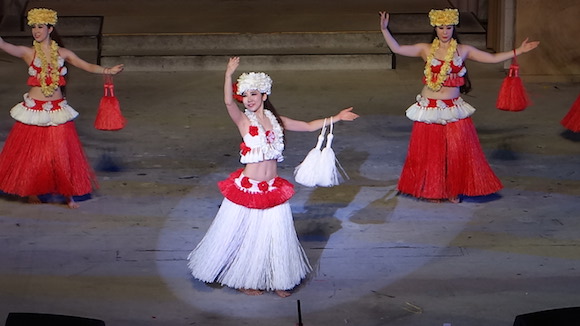
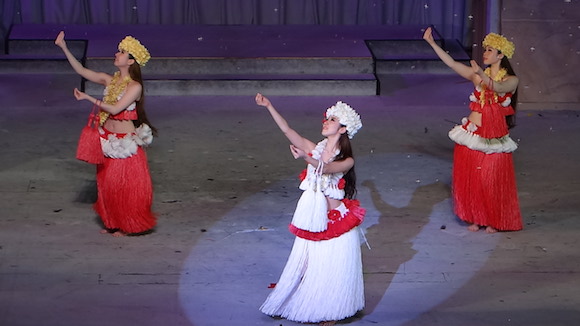

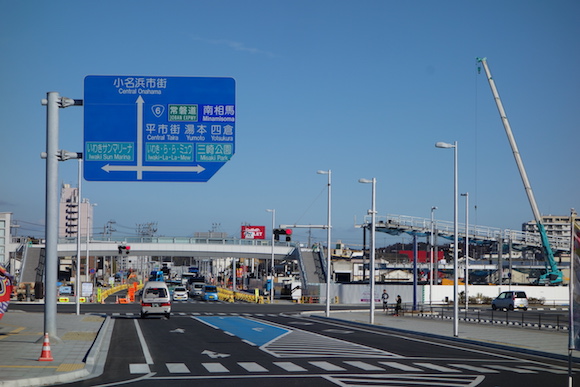
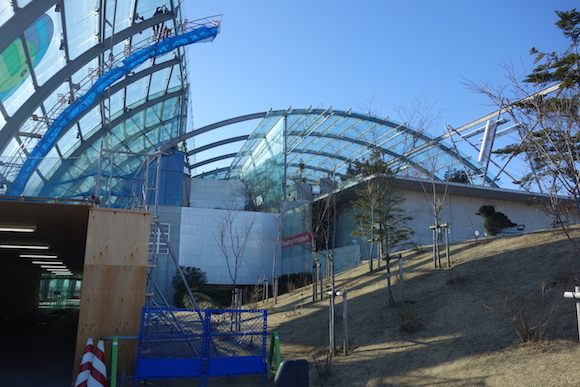
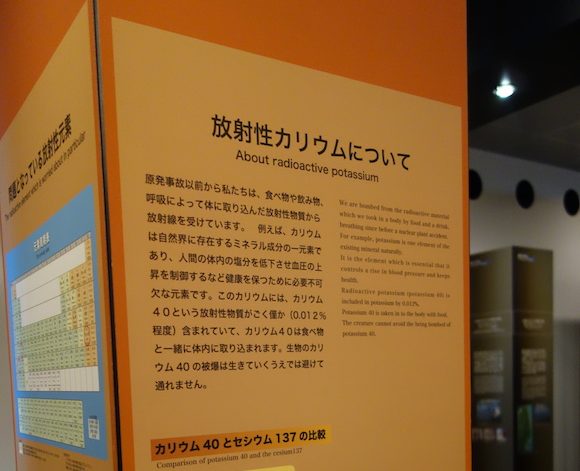
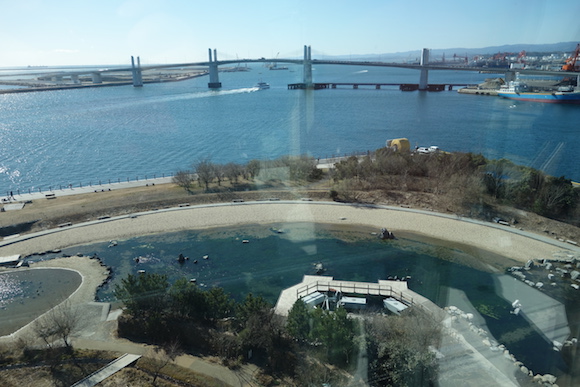
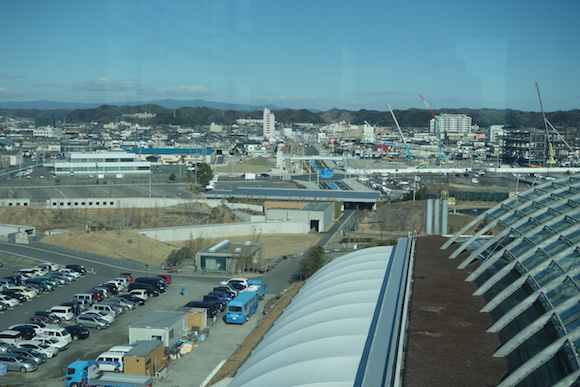
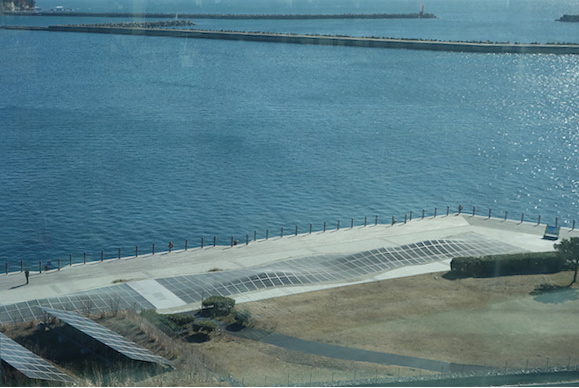
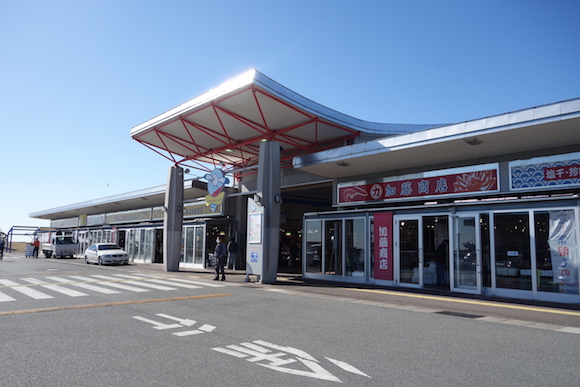
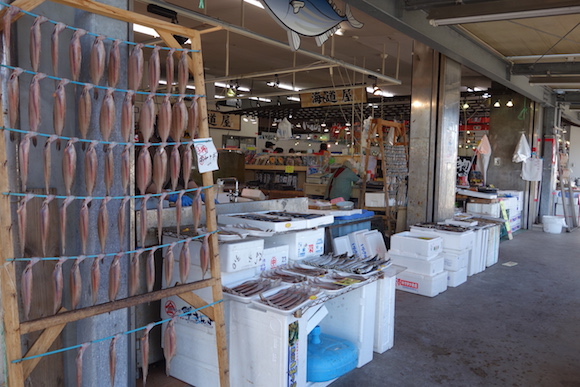
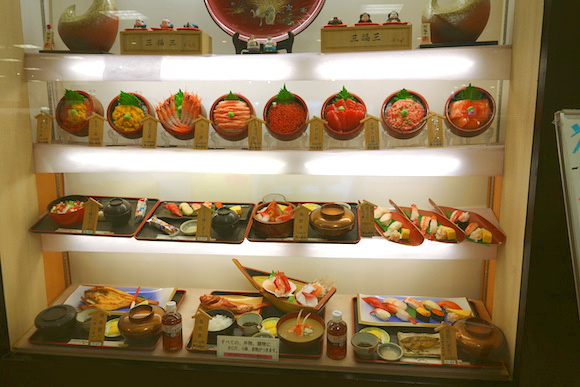
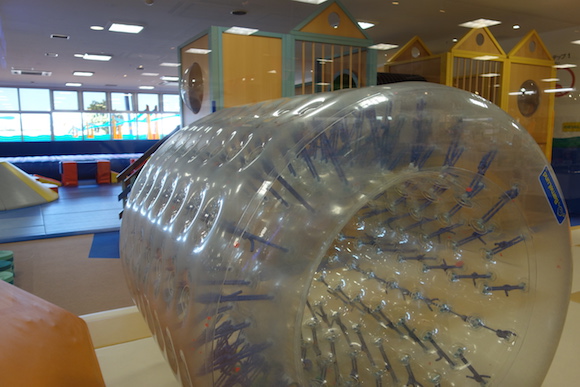
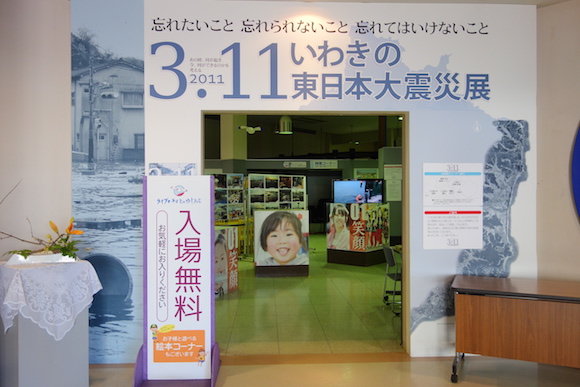
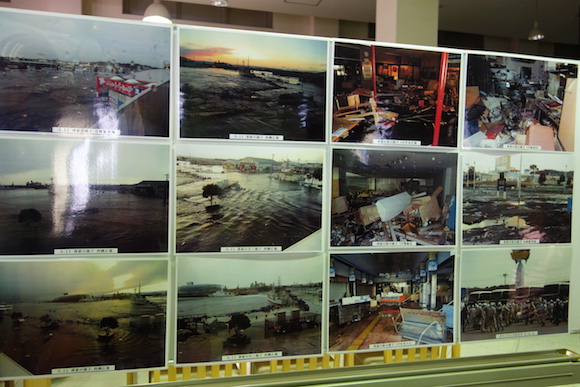
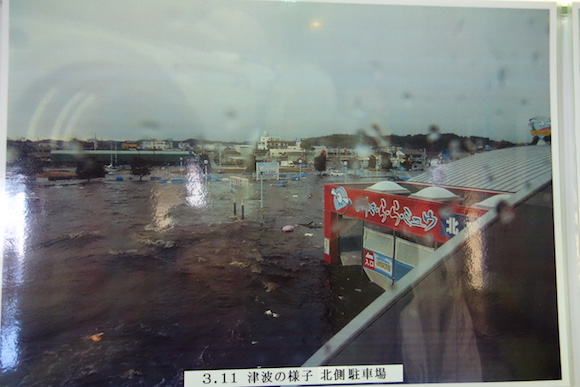
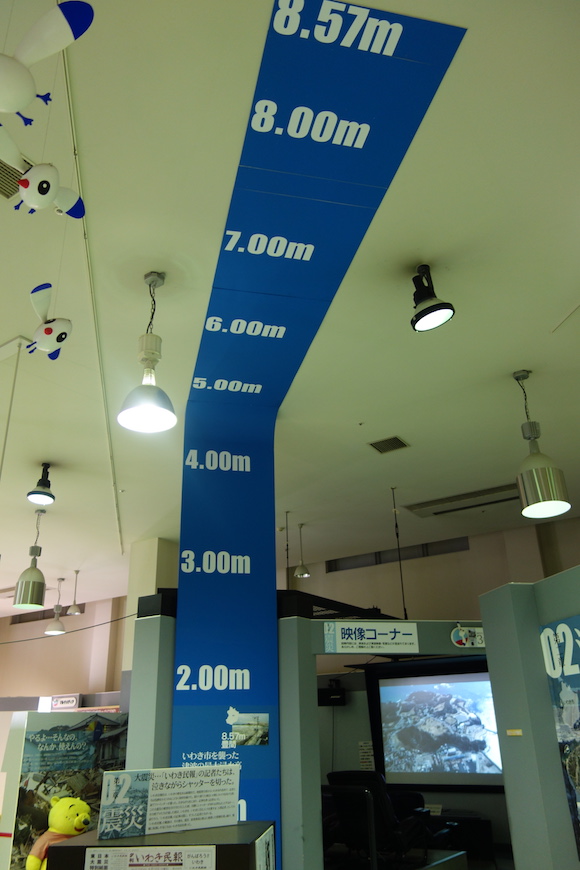
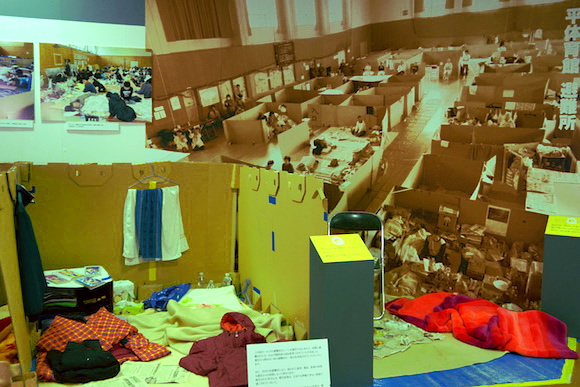
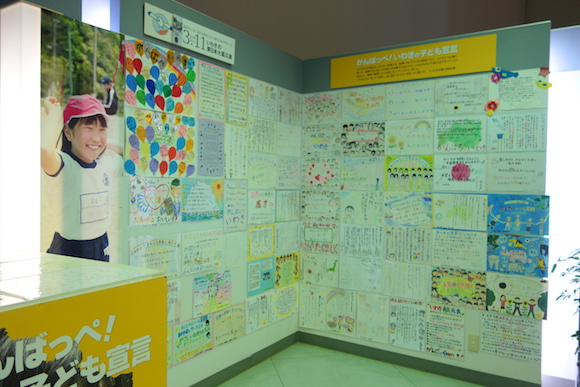
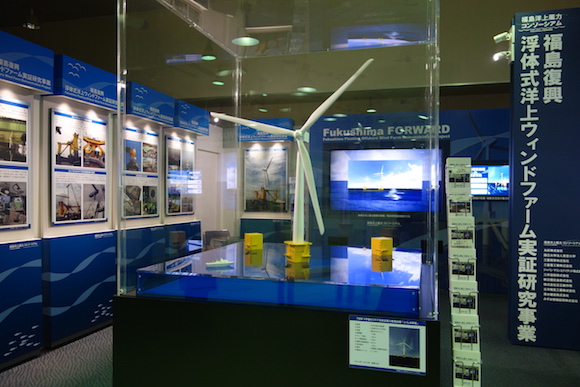
 Eva tie-wearing Japanese minister resigns after saying “it’s a good thing the tsunami hit Tohoku”
Eva tie-wearing Japanese minister resigns after saying “it’s a good thing the tsunami hit Tohoku” Seven years after earthquake, Fukushima teen says March 11 is an “ordinary day” in the prefecture
Seven years after earthquake, Fukushima teen says March 11 is an “ordinary day” in the prefecture Edible deep-fried “coal” souvenir ignites our curiosity, so naturally we try it for ourselves
Edible deep-fried “coal” souvenir ignites our curiosity, so naturally we try it for ourselves Strong earthquake hits Japan as anniversary of Fukushima disaster approaches【Photos, Videos】
Strong earthquake hits Japan as anniversary of Fukushima disaster approaches【Photos, Videos】 Return to Fukushima: Decontaminated town reopens to residents, but is anybody living there?
Return to Fukushima: Decontaminated town reopens to residents, but is anybody living there? The Purple Lucky Bag from Village Vanguard is an extra-large waste of money
The Purple Lucky Bag from Village Vanguard is an extra-large waste of money Rakuten randomly offers 58 New Year’s osechi feasts in Japan, but did we get a star or a dud?
Rakuten randomly offers 58 New Year’s osechi feasts in Japan, but did we get a star or a dud? Japanese beef bowl chain Sukiya’s 2026 Smile Box lucky bag basically pays for itself
Japanese beef bowl chain Sukiya’s 2026 Smile Box lucky bag basically pays for itself New Japanese menstrual product seeks to help women spot unidentified iron deficiencies
New Japanese menstrual product seeks to help women spot unidentified iron deficiencies Tokyo fish market breaks New Year auction record as single fish sells for over 5 million yen【Vid】
Tokyo fish market breaks New Year auction record as single fish sells for over 5 million yen【Vid】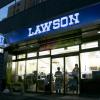 Foreign worker in Japan fends off armed robber with single word, gets no respect from local media
Foreign worker in Japan fends off armed robber with single word, gets no respect from local media What’s the best way to spend 1,000 yen at Kura Sushi?【Japan Super Budget Dining】
What’s the best way to spend 1,000 yen at Kura Sushi?【Japan Super Budget Dining】 Studio Ghibli holiday wreath adds a touch of Kiki cuteness and good fortune to your home【Photos】
Studio Ghibli holiday wreath adds a touch of Kiki cuteness and good fortune to your home【Photos】 Mysterious light-up rainy night-sound Totoro figure doesn’t actually show a scene from the anime
Mysterious light-up rainy night-sound Totoro figure doesn’t actually show a scene from the anime In the midst of coronavirus, a 1,000-year-old food is being revived in Japan
In the midst of coronavirus, a 1,000-year-old food is being revived in Japan Starbucks Japan ready to get Year of the Horse started with adorable drinkware and plushies【Pics】
Starbucks Japan ready to get Year of the Horse started with adorable drinkware and plushies【Pics】 Hayao Miyazaki says Happy New Year to Studio Ghibli fans with new art for Year of the Horse
Hayao Miyazaki says Happy New Year to Studio Ghibli fans with new art for Year of the Horse We found possibly the quietest Japanese-style hotel in Tokyo’s bustling Shinjuku district
We found possibly the quietest Japanese-style hotel in Tokyo’s bustling Shinjuku district Cup Noodle tries an authentic Jiro-style ramen, but something’s not quite right
Cup Noodle tries an authentic Jiro-style ramen, but something’s not quite right The best Starbucks Japan Frappuccinos we want to drink again in 2026
The best Starbucks Japan Frappuccinos we want to drink again in 2026 We revisited Sweets Paradise after a decade to see if Japan’s dessert buffet still delivers
We revisited Sweets Paradise after a decade to see if Japan’s dessert buffet still delivers That time Seiji called JASRAC to ask why he didn’t get paid royalties for his song being on TV
That time Seiji called JASRAC to ask why he didn’t get paid royalties for his song being on TV Japan’s oldest largetooth sawfish in captivity back on display in Mie Prefecture
Japan’s oldest largetooth sawfish in captivity back on display in Mie Prefecture Pizza Hut Japan’s hot lucky bags are perfect for a New Year’s pizza party
Pizza Hut Japan’s hot lucky bags are perfect for a New Year’s pizza party 7-Eleven Japan starts new temporary luggage storage service in over 300 branches
7-Eleven Japan starts new temporary luggage storage service in over 300 branches Disillusionment at Tsukiji’s tourist-target prices led us to a great ramen restaurant in Tokyo
Disillusionment at Tsukiji’s tourist-target prices led us to a great ramen restaurant in Tokyo Starbucks teams up with 166-year-old Kyoto doll maker for Year of the Horse decorations【Photos】
Starbucks teams up with 166-year-old Kyoto doll maker for Year of the Horse decorations【Photos】 Tokyo considering law requiring more trash cans following litter increase in heavily touristed area
Tokyo considering law requiring more trash cans following litter increase in heavily touristed area Tokyo’s Tsukiji sushi neighborhood asks tour groups to stay away for the rest of the month
Tokyo’s Tsukiji sushi neighborhood asks tour groups to stay away for the rest of the month Tokyo event lets you travel back in time, for free, to celebrate 100 years since Showa era start
Tokyo event lets you travel back in time, for free, to celebrate 100 years since Showa era start Japan may add Japanese language proficiency, lifestyle classes to permanent foreign resident requirements
Japan may add Japanese language proficiency, lifestyle classes to permanent foreign resident requirements Sanrio theme park in Japan announces plans to expand into a Sanrio resort
Sanrio theme park in Japan announces plans to expand into a Sanrio resort Stamina-destroying “Paralysis Noodles” are Tokyo’s newest over-the-top ramen innovation
Stamina-destroying “Paralysis Noodles” are Tokyo’s newest over-the-top ramen innovation Survey asks foreign tourists what bothered them in Japan, more than half gave same answer
Survey asks foreign tourists what bothered them in Japan, more than half gave same answer Japan’s human washing machines will go on sale to general public, demos to be held in Tokyo
Japan’s human washing machines will go on sale to general public, demos to be held in Tokyo Japan’s deadliest food claims more victims, but why do people keep eating it for New Year’s?
Japan’s deadliest food claims more victims, but why do people keep eating it for New Year’s? We deeply regret going into this tunnel on our walk in the mountains of Japan
We deeply regret going into this tunnel on our walk in the mountains of Japan Studio Ghibli releases Kodama forest spirits from Princess Mononoke to light up your home
Studio Ghibli releases Kodama forest spirits from Princess Mononoke to light up your home Major Japanese hotel chain says reservations via overseas booking sites may not be valid
Major Japanese hotel chain says reservations via overseas booking sites may not be valid Put sesame oil in your coffee? Japanese maker says it’s the best way to start your day【Taste test】
Put sesame oil in your coffee? Japanese maker says it’s the best way to start your day【Taste test】 No more using real katana for tourism activities, Japan’s National Police Agency says
No more using real katana for tourism activities, Japan’s National Police Agency says Starbucks Japan reveals new sakura drinkware collection, inspired by evening cherry blossoms
Starbucks Japan reveals new sakura drinkware collection, inspired by evening cherry blossoms Updated cherry blossom forecast shows extra-long sakura season for Japan this year
Updated cherry blossom forecast shows extra-long sakura season for Japan this year U.S. lifts all agricultural import bans for Fukushima, Tohoku region of Japan
U.S. lifts all agricultural import bans for Fukushima, Tohoku region of Japan
Leave a Reply